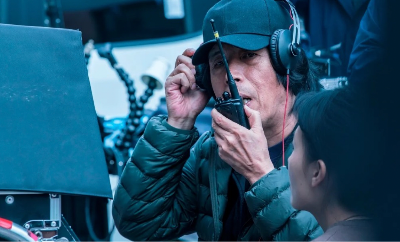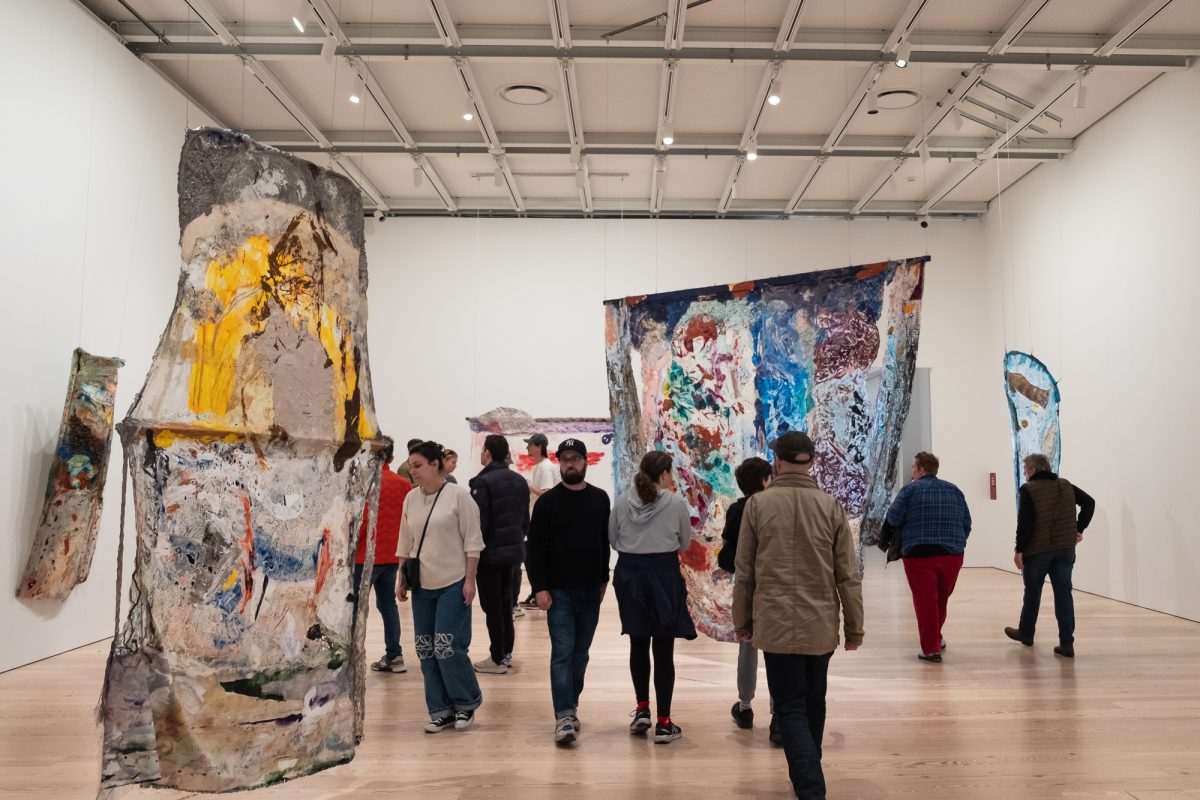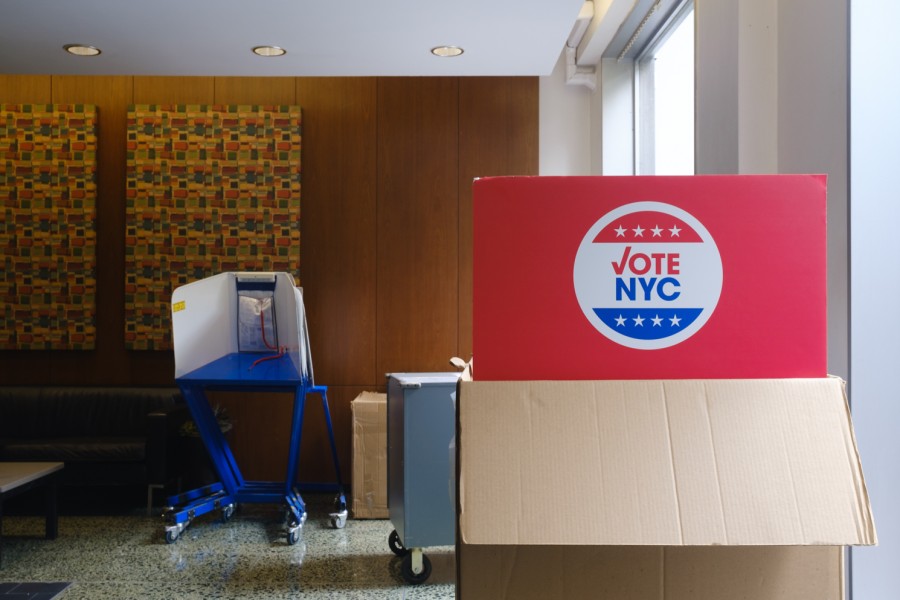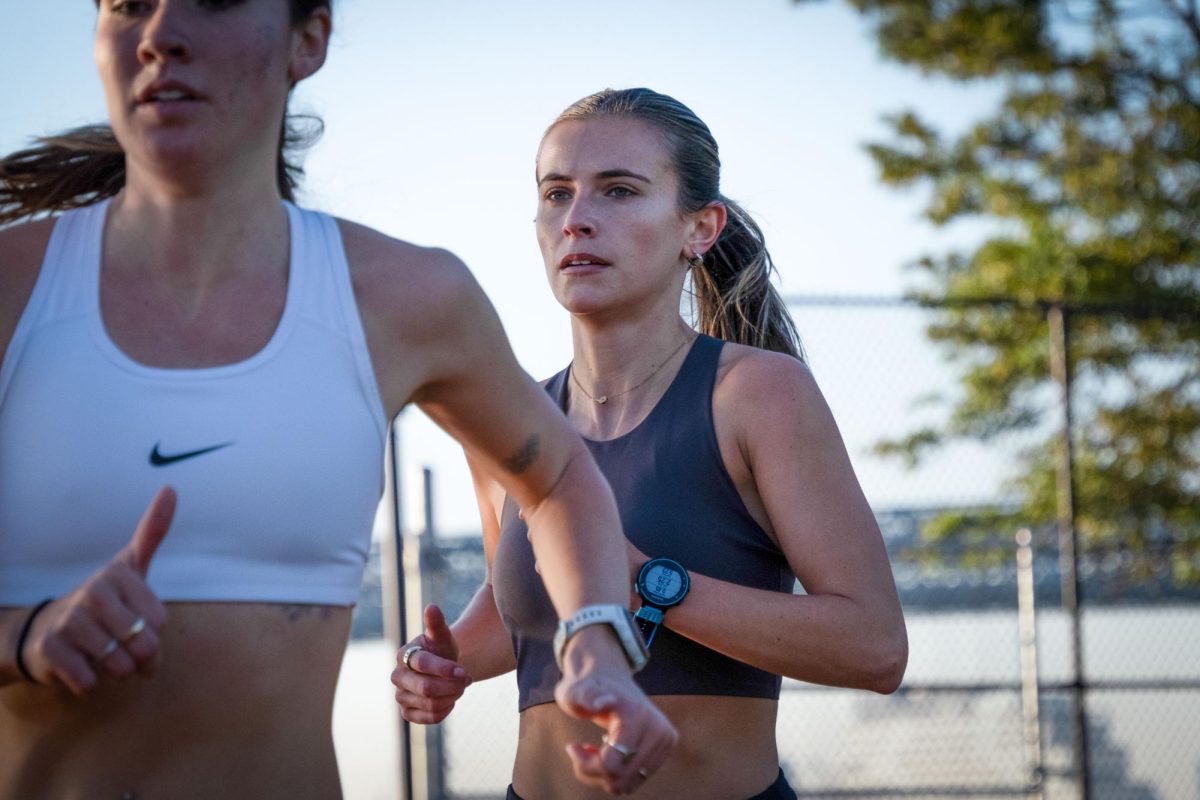Study examines interpretation of video evidence
September 30, 2014
In a study called “Justice is Not Blind: Visual Attention Exaggerates Effects of Group Identification on Legal Punishment,” researchers at NYU and Yale University found that video evidence in court is subject to biased interpretations depending on where individuals focus their attention when watching the clips.
The study was authored by Yael Granot, Emily Balcetis and Kristin Schneider from the NYU Psychology Department and Yale researcher Tom Tyler. The researchers sought to determine if differences in legal decisions vary or remain constant when considering visual attention and identity.
Schneider, a recent NYU graduate, conducted part of the study as her undergraduate honors thesis and said her team was interested in why people have varying opinions when viewing pieces of evidence.
“We were interested in trying to understand how and why people can look at the same piece of evidence and come to different and sometimes even opposite conclusions,” Schneider said.
The study, published on Sept. 15, asked 152 participants to view videos of police-civilian altercations in the first experiment. Using eye-tracking technology, researchers measured where participants were looking when watching the video.
The experiment found that individuals who focused more on the police officer gave mild punishments if they sympathized with him, and harsher punishments if they did not. Individuals who did not keep their eyes on the officer did not react in the same way.
In the second part of the experiment, researchers randomly assigned the same participants to either focus their attention toward or away from the officer in a different video. The study tested whether or not experimentally manipulated attention had a say in punishment decisions against the officer.
“It is only when participants were experimentally assigned to focus visual attention often on the police officer that people weakly identified with police interpreted his actions as incriminating, and thus punished him more than people strongly identified with police,” the study said.
To determine if the findings of the previous parts of the experiment could be applied outside law enforcement, a third experiment was introduced. Researchers asked 103 participants to watch a video of a staged fight between two men and the participants’ memory recall was tested.
“The results of this study suggest that even earlier aspects of information processing are involved; biased punishment decisions are in part the result of differences in accuracy of information recalled about the outgroup target’s actions,” the study said.
The study also raises concerns over the use of video evidence in the law, given the results of the three experiments.
“Our conclusions suggest that true justice may actually need to be ‘blind,’” the study said.
Schneider said the video evidence should not be seen as a negative, however, because the findings deal with vague cases.
“As far as implications go, these results are specific to ambiguous scenes,” Schneider said. “We can’t generalize the results to more one-sided scenarios. It is also very important to note that the results most definitely do not mean that video evidence is bad.”
Gallatin senior Amy Lu said the findings are unexpected, but could be beneficial to America’s legal system.
“I was surprised by the findings, but the study also shows that we have inherent biases that we operate under,” Lu said. “I think these findings will help us reform the judicial system.”
A version of this article appeared in the Tuesday, Sept. 30 print edition. Email Nathaly Pesantez at [email protected].











































































































































